"Owoc Granatu" Centrum Sztuki Współczesnej Kronika, Bytom (PL) 2023
Kuratorki: Agata Cukierska, Katarzyna Kalina
fot, Tomasz Kawecki
Kuratorki: Agata Cukierska, Katarzyna Kalina
fot, Tomasz Kawecki
Agata Konarska i Barbara Gryka wspólne działanie rozpoczynają od postawienia pytania, czy da się zbudować szczęście, nawiązując do wizji idealnego miasta autorstwa renesansowego filozofa Tomasza Campanelli. Celem jego utopijnej wizji, określonej jako Miasto Słońca, było opisanie ustroju, w którym życie ludzkie będzie w największym możliwym stopniu bliskie stanowi natury. Pytanie o idealne miejsce do życia artystki zadają również dzieciom, które w wyniku wojny w Ukrainie musiały opuścić swój kraj.
Agata Konarska and Barbara Gryka begin their joint action by asking whether happiness can be built, referring to the vision of an ideal city by the Renaissance philosopher Tomasz Campanella. The aim of his utopian vision, defined as the City of the Sun, was to describe a system in which human life would be as close as possible to the state of nature. The question about the ideal place to live is also asked by the artists to children who had to leave their country as a result of the war in Ukraine.

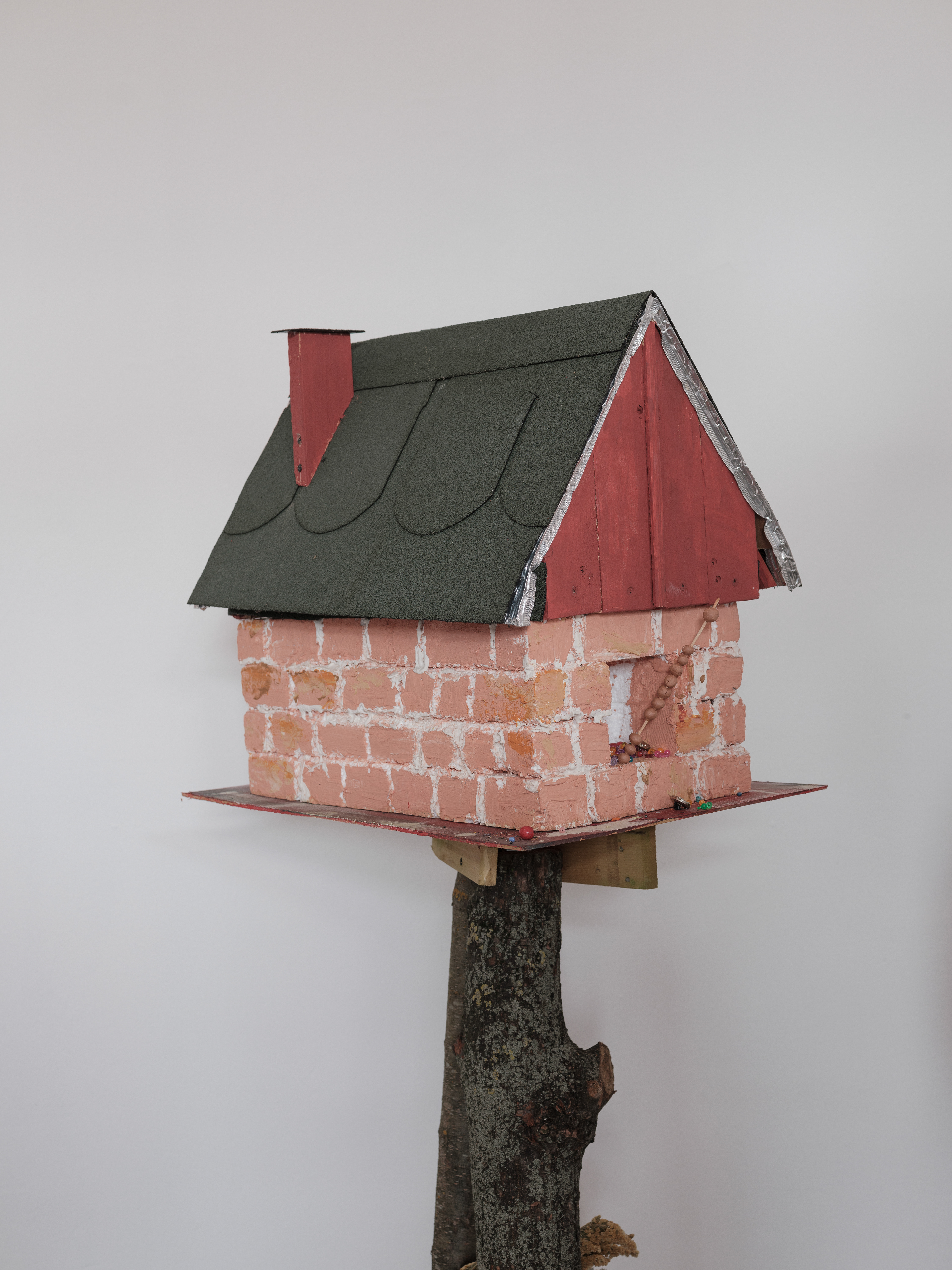
Miasto Słońca to wirtualne doświadczenie, polegające na eksploracji przestrzeni miejskiej, na którą składają się skany 3D zbombardowanych ukraińskich budynków pokryte teksturami dziecięcych domów powstałych podczas warsztatów. Deszcz przeszedł, kartonowa barwna architektura wciąż jeszcze ugina się pod ciężarem wilgoci, ale domy powoli schną w pełnym słońcu, ukrywając w swoich wnętrzach wypowiedzi osób uczestniczących w ich powstaniu. Te mówiące o nadziei konstrukcje zwiedzić możemy na grzbietach zwierząt: żubra, rysia, bociana i orła. Ich symboliczne znaczenie odsyła nas z jednej strony do wschodnich mitologii, z drugiej są one wykorzystywane jako symbole narodowe, które katalizują formowanie się tożsamości państw oraz służą jej podtrzymywaniu.
City of the Sun is a virtual experience of exploring urban space, which consists of 3D scans of bombed Ukrainian buildings covered with textures of children's houses created during the workshops. The rain has passed, the colorful cardboard architecture is still bending under the weight of moisture, but the houses are slowly drying in full sun, hiding in their interiors the statements of people who participated in their creation. We can visit these hopeful constructions on the backs of animals: bison, lynx, stork and eagle. Their symbolic meaning refers us, on the one hand, to Eastern mythologies, and on the other hand, they are used as national symbols that catalyze the formation of national identities and serve to maintain it.
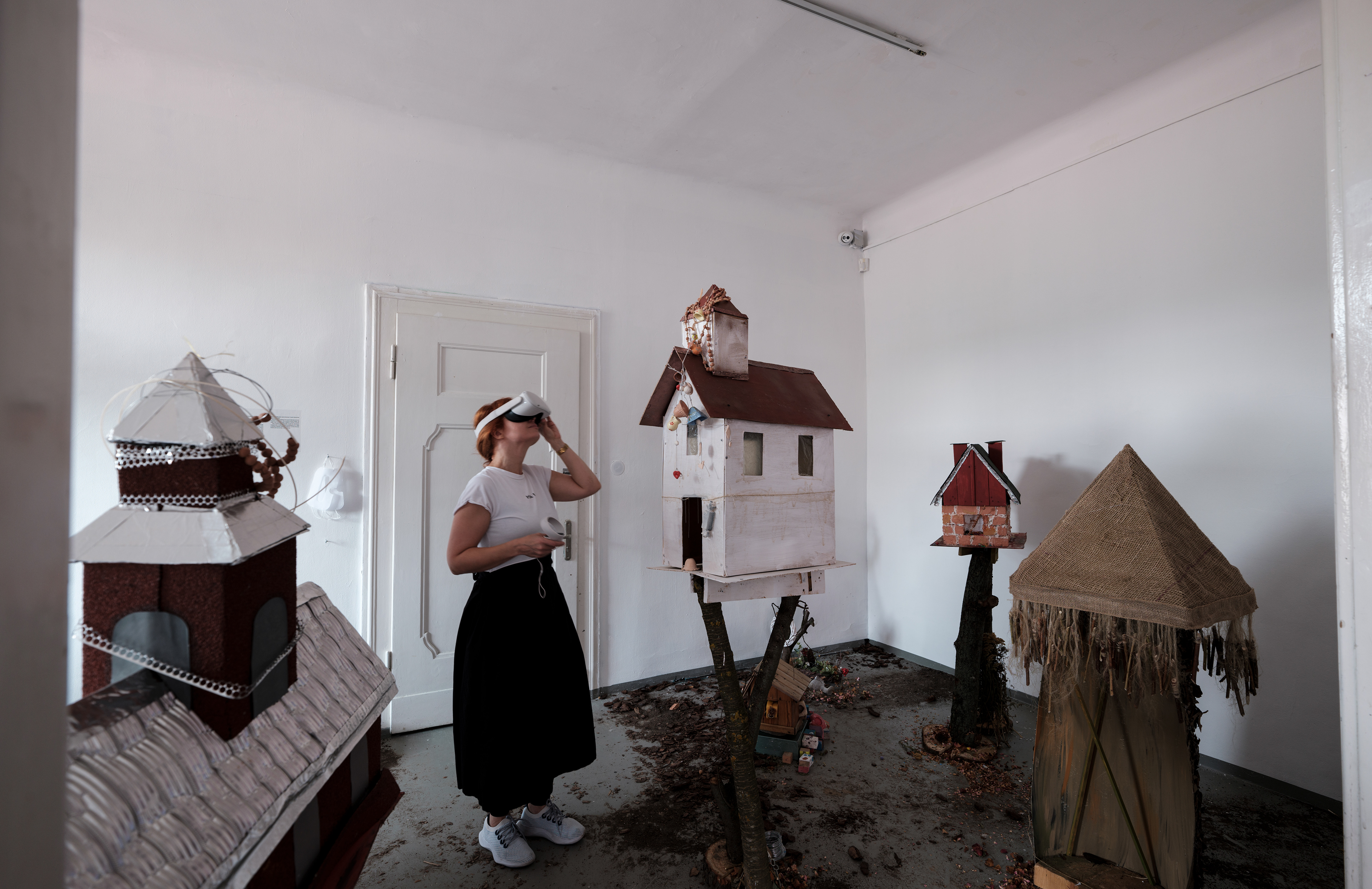
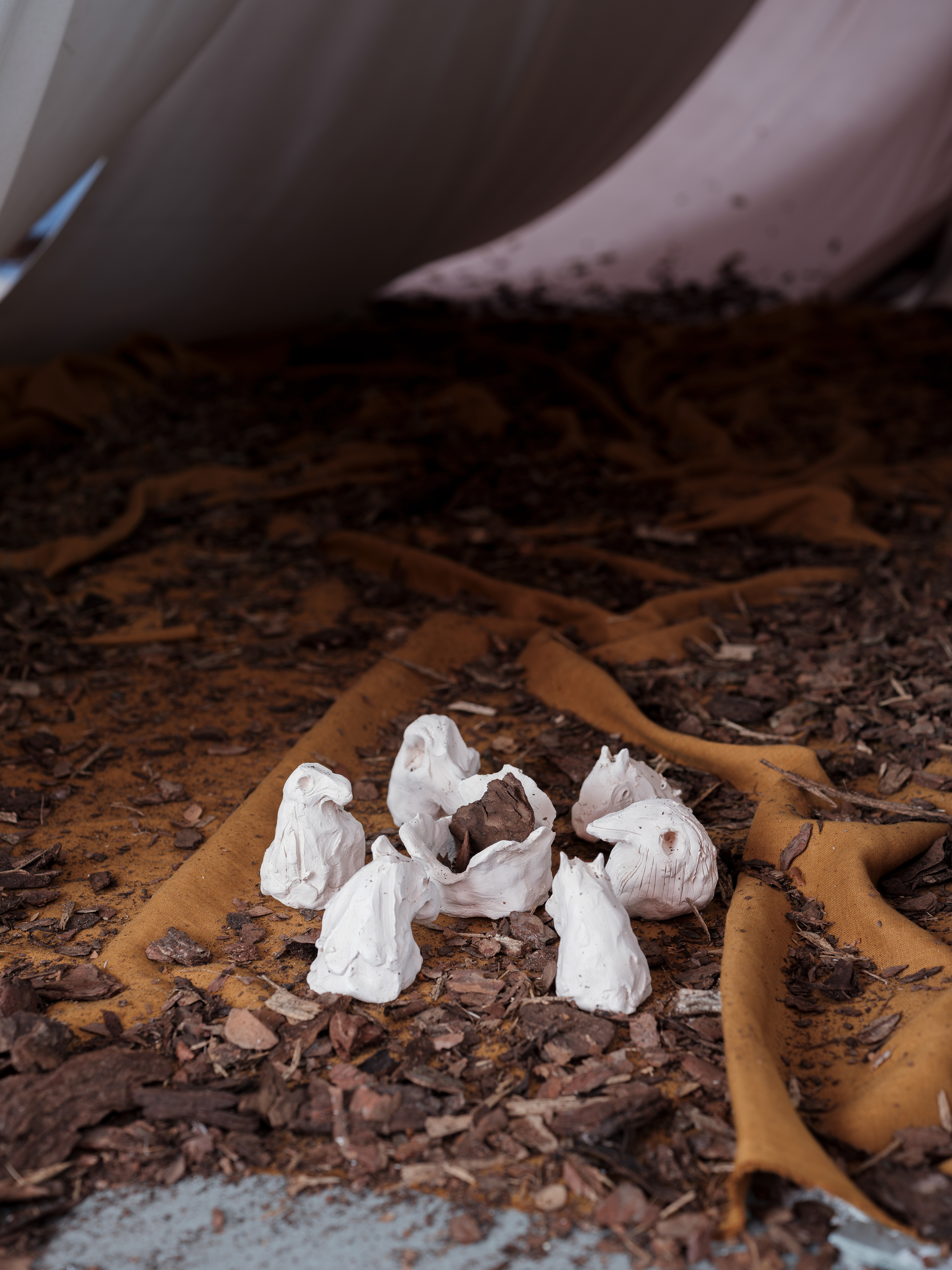
W tego typu atrybutach gloryfikowane są głównie cechy powiązane z walecznością, siłą, odwagą, ale też płodnością i zwiększaniem liczebności narodu. Sprowadzają one rolę mężczyzny do walki, a kobiety do rodzenia. Symbole są wykorzystywane do wzmacniania stereotypów i podziałów, do przekonania, że naród jest najwyższą wartością i najważniejszą formą społeczną. Takie rozumowanie prowadzi zwykle nie tylko do pragnienia zwycięstwa, ale też dominacji, a w konsekwencji do wzbudzania agresji wobec innego.
Czy możliwe jest stworzenie miejsca, w którym kilka narodowości może żyć w całkowitej zgodzie, ponad podziałami?
Artystki uważają, że naszym aktualnym zadaniem jest wpływać na kształt przyszłości, której towarzyszyć będą katastroficzne nuty kryzysów militarnych, energetycznych, migracyjnych i klimatycznych. Przyjmując odpowiedzialność za przyszłe pokolenia, oddają pole dzieciom. Ich abstrakcyjne wyobrażenia o miejscu, w którym wszyscy razem możemy czuć się dobrze przekształcają w prace artystyczne. Wspólne aktywności są inspiracją dla nowej architektury, opierającej się na takich cechach jak intuicyjność i naiwność. Dziecięca wizja idealnego miasta przejawia się w rzeczach, których dorosły człowiek nie zauważa i staje się lustrem, w którym odbijają się kwestie narodowości, patriotyzmu, ludzkiej dobroci i względności szczęścia.
Tekst: Agata Cukierska, Katarzyna Kalina
In this type of attributes, mainly features related to bravery, strength, courage, but also fertility and increasing the size of the nation are glorified. They reduce the role of the man to fighting and the woman to giving birth. Symbols are used to reinforce stereotypes and divisions, to convince people that the nation is the highest value and the most important social form. Such reasoning usually leads not only to the desire to win, but also to domination, and consequently to arousing aggression towards the other.
Is it possible to create a place where several nationalities can live in complete harmony, above divisions?
The artists believe that our current task is to influence the shape of the future, which will be accompanied by catastrophic notes of military, energy, migration and climate crises. By accepting responsibility for future generations, they are giving the field to children. They transform their abstract ideas of a place where we can all feel good together into works of art. Joint activities are an inspiration for a new architecture based on such features as intuitiveness and naivety. The child's vision of an ideal city manifests itself in things that an adult man does not notice and becomes a mirror reflecting the issues of nationality, patriotism, human kindness and the relative happiness.
Is it possible to create a place where several nationalities can live in complete harmony, above divisions?
The artists believe that our current task is to influence the shape of the future, which will be accompanied by catastrophic notes of military, energy, migration and climate crises. By accepting responsibility for future generations, they are giving the field to children. They transform their abstract ideas of a place where we can all feel good together into works of art. Joint activities are an inspiration for a new architecture based on such features as intuitiveness and naivety. The child's vision of an ideal city manifests itself in things that an adult man does not notice and becomes a mirror reflecting the issues of nationality, patriotism, human kindness and the relative happiness.
Tekst: Agata Cukierska, Katarzyna Kalina
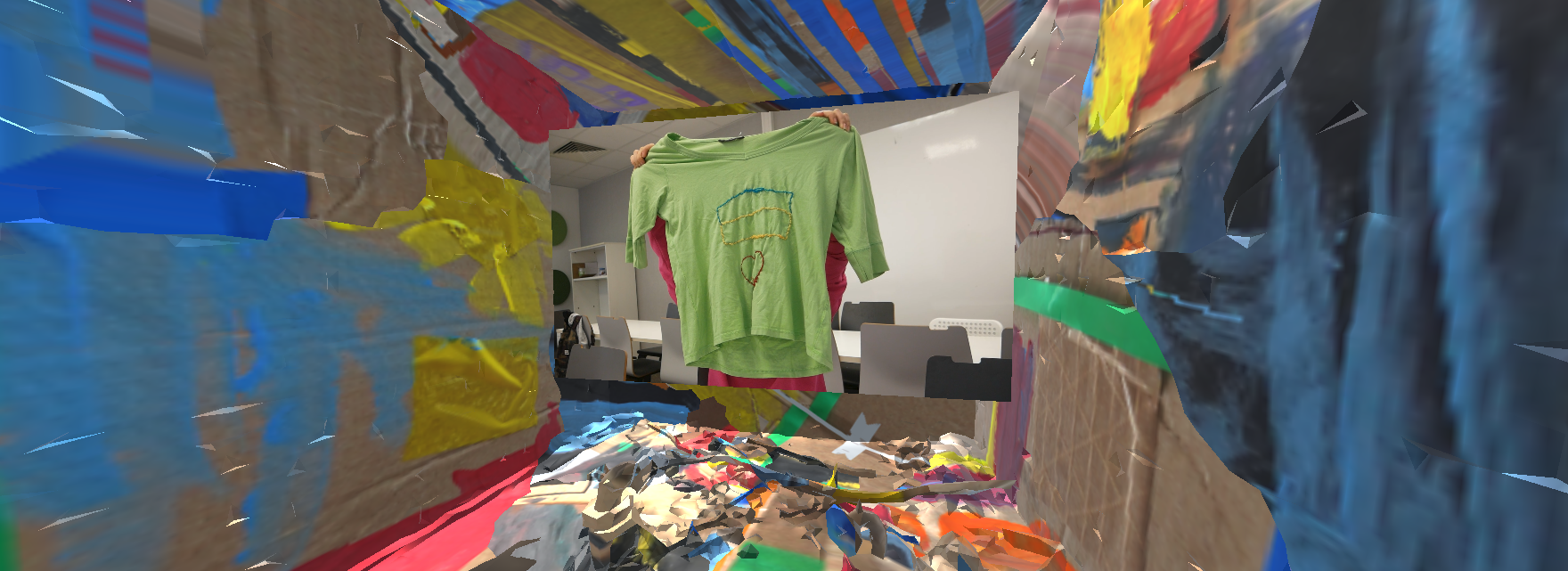
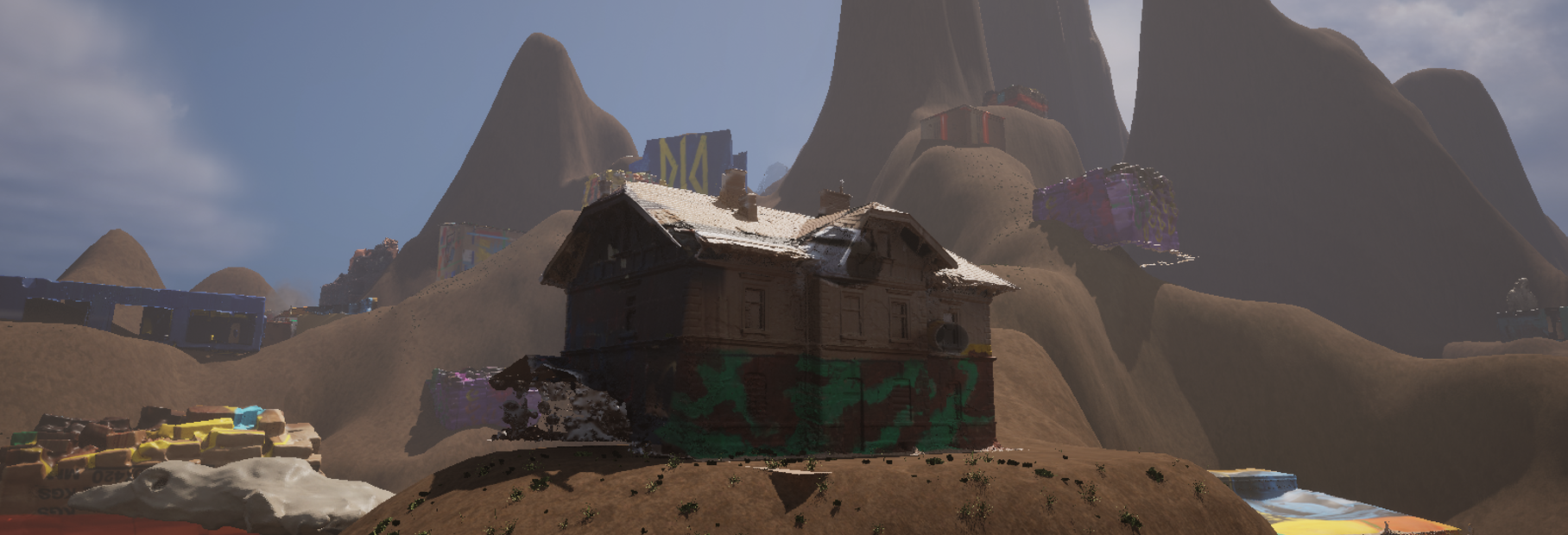
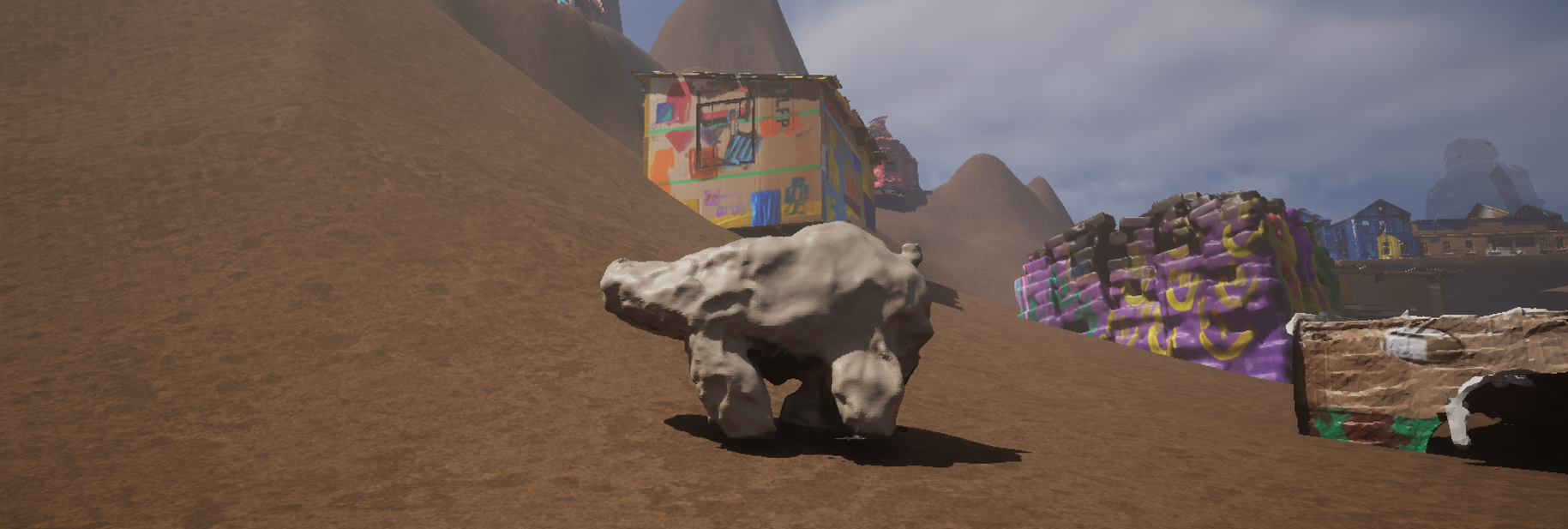

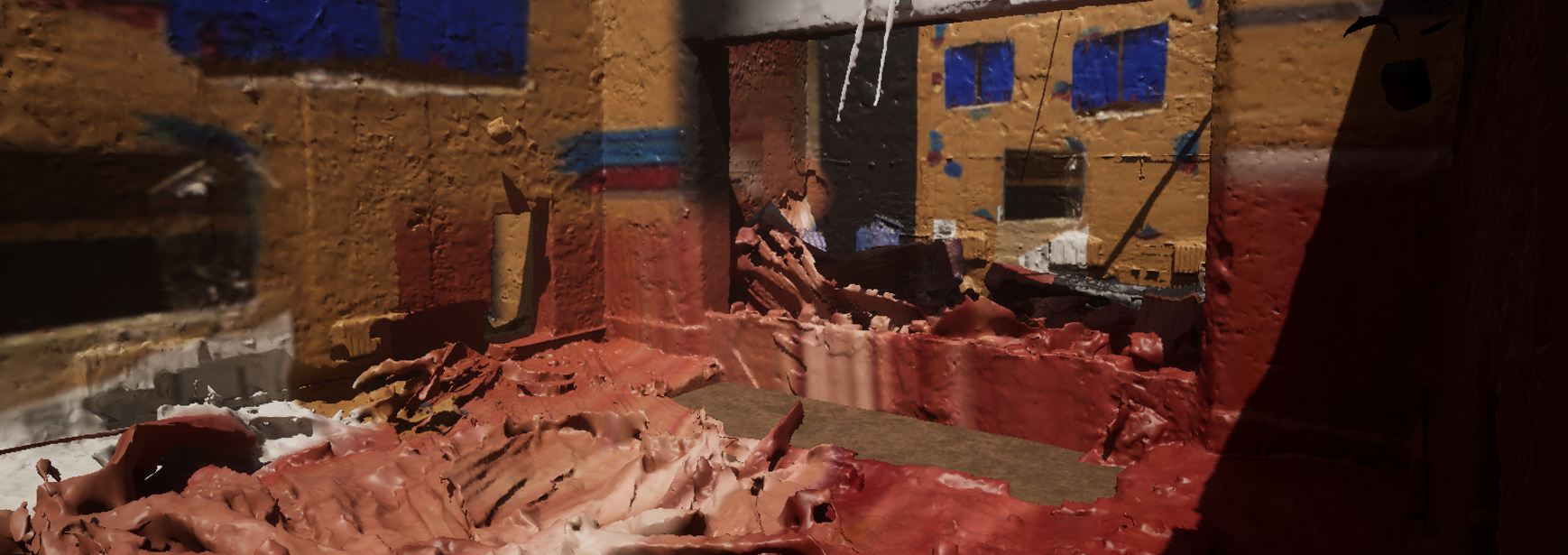
"Magic Carpets" Kaunas (LT) 2023
Kaunas Biennale, program towarzyszący 14th Kaunas Biennial: „Long-distance friendships”
kuratorka: Brigita Bareikytė, Neringa Kulik
Kaunas Biennale, program towarzyszący 14th Kaunas Biennial: „Long-distance friendships”
kuratorka: Brigita Bareikytė, Neringa Kulik
fot. Gintarė Žaltauskaitė
"Żurawie - Lubelskie Wyróżnienia Kulturalne" Galeria Labirynt, Lublin (PL) 2023.
fot, Diana Kołczewska